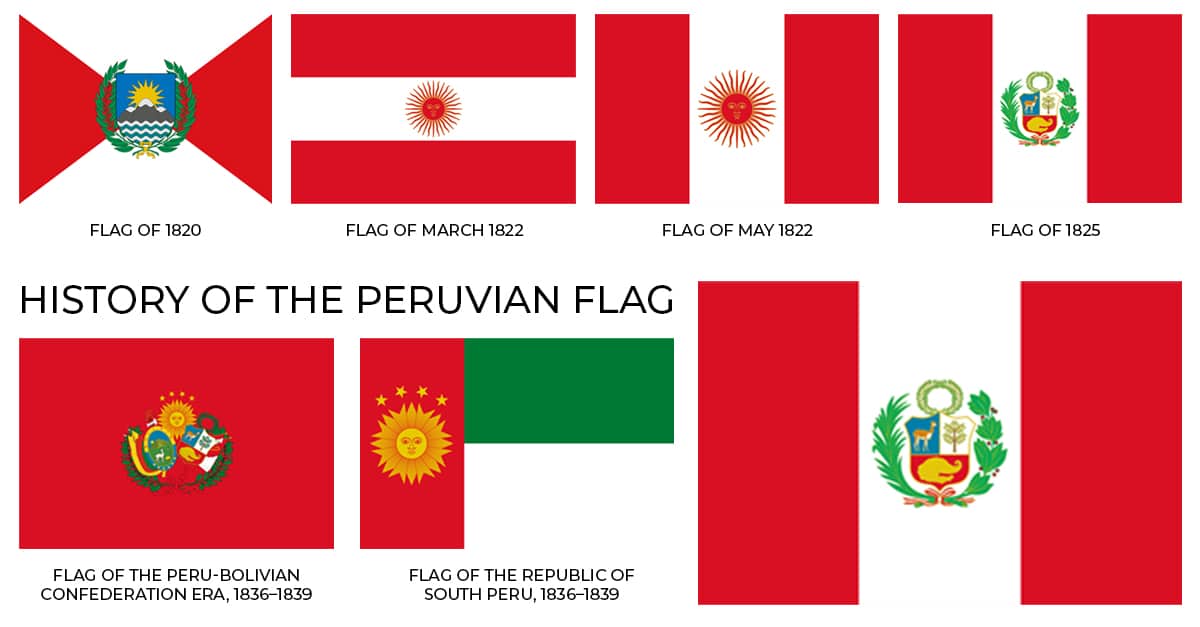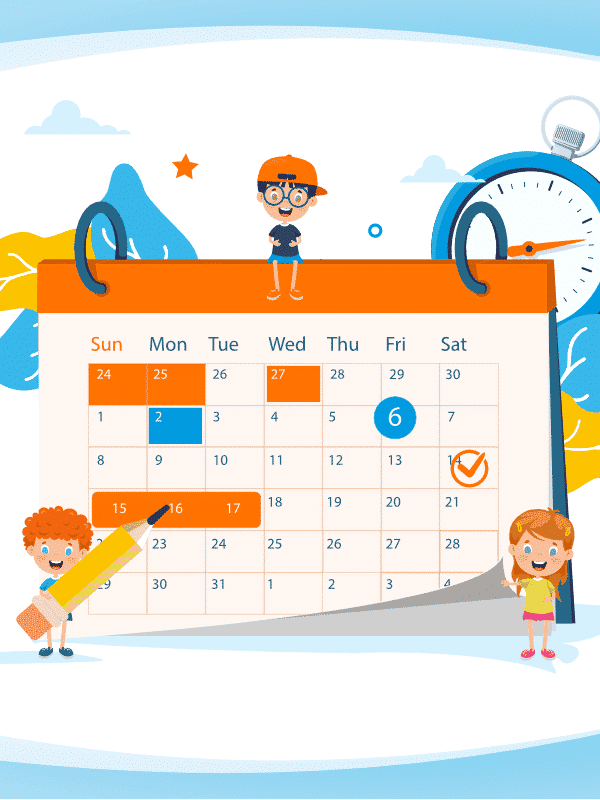Are your kids learning Spanish? Great! That’s a great tool that will bring them many benefits short and long term. But they should also learn about Hispanic cultures! After all, those two things go hand in hand.
Remember that if they learn about other cultures, they’ll develop cultural sensitivity and awareness. Those are two great values to have that will expand their perspectives on life. But there are so many Spanish speaking countries that it can be overwhelming. Where do I start teaching my kids about Spanish cultures? Well, how about Peru?
It is a fascinating country full of amazing traditions, great things to see – your kids will love alpacas –, and exquisite cuisine. You might find Peru – or Perú, as it’s written in Spanish – is the next dream destination for your whole family!
Traditional Peruvian Food
Peruvian cuisine is very wide and diverse! They have over 450 dishes! That makes them the country with the most number of dishes in the world! They also have some influence from abroad and other cultures. Though, of course, the Incas had a great impact on their gastronomy.
This makes their food quite an experience! With so many things to try, we bet you’ll discover a new favorite dish.
But we can only present you a few traditional Peruvian dishes; the rest, you’ll have to discover when you go there.
Ceviche
The “ceviche” is a traditional Peruvian dish composed of fish, lemon, coriander, salt, pepper, and “ají” (a type of Peruvian chili).
It has “leche de tigre”, whose literal translation would be “tiger milk”. But it’s just a classic Peruvian sauce. It’s basically the juice that comes with the ceviche and in which you marinate the fish. It’s composed of garlic, “ají”, lemon, ginger, celery, onion, and fish broth.
It’s usually served and accompanied by “cancha” corn (a type of corn) and sweet potato.
This dish has become so popular, Peru it’s even known by its “ceviche” in other parts of the world. UNESCO even added it to the Intangible Cultural Heritage of Humanity list.
So, you have to try it!
Ají de Gallina
Do you feel like eating something spicy? Then the “ají de gallina” is for you!
It’s made of “ají amarillo” (yellow ‘ají’), shredded chicken breast, bread, evaporated milk, grated parmesan cheese, and nuts. It also has olives and a boiling egg. It’s accompanied with rice and potatoes.
Yes, it has tons of different ingredients together, but it’s delicious.
Papa a la Huancaína
This is made of potatoes cut into slices with round form, with a sauce or dressing on top fully covering the potatoes. The dressing is made of “ají”, cheese, crackers, evaporated milk, salt, and pepper. You know the dressing is perfect when its consistency becomes a bit thick.
It’s accompanied by a boiled egg and a base of lettuce.
Seco con Frejoles
This is a classic Peruvian dish that has meat, peas, carrots and potatoes.
It has a dressing made of onion, ground garlic, yellow “ají”, “ají mirasol”, coriander, and even “chicha de jora”, which is a South American beverage.
Oh and, of course, it also has “frejoles” (beans).
Cau cau
Here’s a popular Peruvian dish. It’s made of “mondongo”, which are the guts. As well as potatoes. It also has ingredients like peppermint, turmeric, garlic, cumin, onion, peas, and coriander.
It’s a must have for when you’re in Peru.
Aguadito
This is a classic soup from Perú that people love! It has chicken, spinach, salt, pepper, onion, cumin, pepper, peas, carrots, potatoes, corncob, coriander, rice, yellow “ají”, and chicken seasoning.
Places to Visit
Peru has a huge amount of history, which is present in many of the places that you can visit while in this country. Learning about each place in Peru is fascinating and strikes your curiosity.
There’s really a wide variety of places you can visit, from more ancient sites to more modern cities. Here are just a few places you should visit and learn more about.
Valle Sagrado
This is called “Valle Sagrado” or “Sacred Valley” in English. And in Spanish it’s also called “Valle Sagrado de los Incas”, because it belonged to the Inca Empire. After all, this valley is located in Cuzco, which was the capital city of the Inca Empire.
It’s also named “Valle de Urubamba”. This is because there’s a river called “Río Urubamba”, formerly “Río Vilcanota”, which the Incas thought of as a sacred river.
You can find towns, tons of breathtaking nature, and archaeological sites.
Machu Picchu
You’ll agree with us that we could not finish this blog without recommending you to visit Machu Picchu, right? After all, it has been named one of the New Seven Wonders of the World!
As if that weren’t enough, it’s also been declared a World Heritage Site by UNESCO.
Plus, if you’re already going to the “Valle Sagrado”, you might as well visit Machu Picchu, as it is right there.
Machu Picchu is an archaeological area that’s an ancient Inca site. So you can imagine it has a lot of history and an incredible architecture that impresses everyone! Because of this it’s one of the most popular places in Peru that everyone recommends visiting at least once.
Lago Titicaca
Lago Titicaca, known in English as “Lake Titicaca”, is the second biggest South American lake and it’s very famous. It is located in the countries of Peru and Bolivia.
It’s also the highest navigable lake in the world!
You can see some islands on the lake that were built by people, specifically by the “Uros”, people that live on those islands! You can also find some ruins and great flora and fauna.
Peruvian Flag
The flag of Peru has had different changes through the years.
The first one had two red triangles at the sides of it, and two white triangles on top and on bottom of the flag. In the center there was the first flag shield.
The second one consisted of two red thick horizontal bands on top and on the bottom of the flag. And a thick white band in the middle, with a red sun in the center.
Once again it was changed, now to two red bands on each side of the flag. And one white band in the middle, with the same red sun in the center.
Peru was temporarily dissolved into the Republics of South Peru and North Peru from 1836-1839, which joined Bolivia to form the Peru–Bolivia Confederation, and had two flags during that time.
Then, it was changed to how it is currently used. The red bands at each side and the white one in the middle are the same. But the sun is gone and now there’s a shield with a palm leaf and a laurel in the center of it.
In the 50’s, it was declared that the flag wouldn’t always have the shield, and it would only be the red bands and the white band. On certain occasions, the shield would appear on the flag.
The “Día de la Bandera” in Peru (Flag Day) is celebrated on June 7th.

Different versions of the Peruvian flag
Traditions of Peru
As you’ve noticed, Peru is a very culturally rich country. So, of course, there are many different traditions. Here are just a few:
Día de la Bandera
It is Flag Day. It’s celebrated on June 7th. This is, at the same time, the anniversary of the “Batalla de Arica”, an important battle for Peru’s history.
Danza de las Tijeras
It’s a classic celebration from the Southern Andes. The dance consists of different “cuadrillas”, which are formed by a dancer, a violinist, and a harpist. Each “cuadrilla” represents a certain community. Then, they dance face to face. So it’s like a competition with a lot of tradition and history.
It’s part of UNESCO’s Intangible Cultural Heritage of Humanity list.
Inti Raymi
Inti Raymi means “fiesta del sol”, which is the festival of the sun. It’s celebrated in Cusco on June 24th.
There’s dancing, “quechua” songs, and people dress like the Incas used to.
Have a Great Spanish Experience in Peru with the Help of TruFluency Kids!
If you loved Peruvian culture so much that you’re already planning your next family trip there, then your kids must learn Spanish. This will make the whole experience for them more fun and richer. They’ll benefit a lot from speaking Spanish with natives during their trip.
But the process of learning Spanish should be as fun as the trip will be. So, how can you make learning a second language a pleasing and fun moment for kids? Don’t worry, we got you!
TruFluency Kids offers online Spanish immersion classes with native teachers! This means your kids will learn from experts and people that know the language inside out.
As for the immersion part, it means that the class environment will be fully in Spanish! So your kids start acquiring it naturally.
We also teach through fun activities, like singing, dancing, doing crafts, reading stories, asking and answering questions, and even cooking! All in Spanish! Your kids will not get bored with us at all.
All lessons are based on the Bellieu Method, created by our founder and language expert, Micah Bellieu. It consists of encouraging students to speak in their target language using all they’ve learned. So children will practice their Spanish speaking in every single class. This way they’ll achieve Spanish fluency.
We are ready to join you and your children’s Spanish journey, so enroll them in our next 4-week session!


